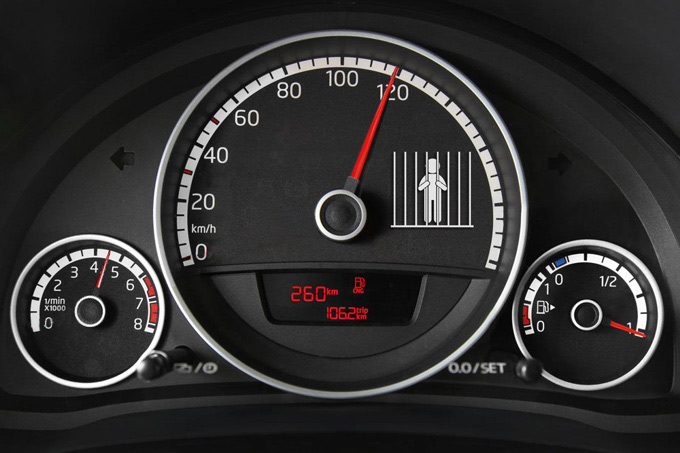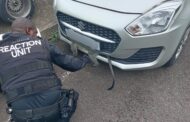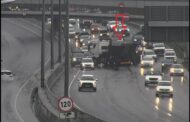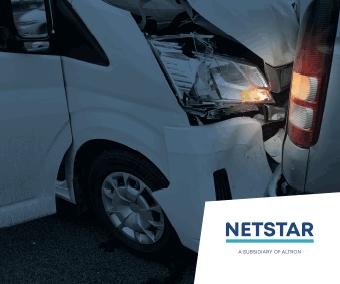We often come across a road sign reminding us that “speeding kills.” This reminder ensures that as motorists, we must take heed of this warning. Perhaps we need to examine ourselves and get out of the ‘fast’ lane. Why should motorists not speed? Let’s have a closer look at why speeding is so dangerous.
What about the road signs that display the speed limit?1
Many motorists ignore the speed limit road signs. We all need to obey those signs. Only strict enforcement with heavy penalties can bring the message home about why speeding is so dangerous.
The faster you travel, the less time and distance you have to stop
At 100 km/h, your car is travelling at 27.8 m/second. The length of the playing area of a rugby field is 100 m, which means that in 3.6 seconds you have travelled the entire 100 m. At 120 km/h, your car covers the same distance in 3 seconds, while at 140 km/h, it is only 2.6 seconds. It is interesting to note that when travelling from 80 km/h to 140 km/h, you have lost 1 second to respond to any dangers in the road.
What about your reaction time?2
According to the UK Standard, when your eyes see an accident unfolding in front of your car, it will take 3 seconds for an average motorist to react. Thus, travelling at 120 km/h, you will have covered the entire 100m length of the rugby field before you can even apply brakes. Can you see how quickly your car can be on top of another vehicle that may be stationary and broken down on the road? In many cases, speeding motorists do not stand a chance in being able to avoid these dangers on the road.
What is the stopping distance of a car?3
The faster a car is travelling along the road, the longer it will take to stop the vehicle. After the above-mentioned 3-second delay for you to respond, you need to add another delay in time before you can stop the car. At 112 km/h, the stopping distance on an average road surface is 75 m. At 112 km/h, the 3-second delay in response means your car will travel about 100 m. Thus, the total distance from the time you notice something is wrong ahead on the road to the time you have stopped, is 175 m.
Strict law enforcement is the only answer1
In countries with poor law enforcement, it was found that road signs did not mean much to many motorists. It was only after speed trapping was introduced, followed by heavy penalties, that motorists began to take notice.
Please don’t speed
Hopefully, after you have read the above facts, your perception about speeding has changed. What does not change is the fact that you may consider getting adequate insurance cover for your car, considering the risks posed by some motorists on our roads. Why not contact PMD for affordable car insurance that comes with unique benefits that include no premium increases and a reduce to zero excess*. T’s and C’s apply.

This article was prepared by Eric Sandmann in his personal capacity. The views and opinions expressed in this article are the author’s own. The views and opinions in the article should not be attributed to anyone but the author unless expressly stated. Nothing in this article should be relied upon as advice, this publication is presented for informational purposes only. No person should act or refrain from acting in reliance on any information found in this article, without first obtaining proper financial advice from the appropriate professional. The author makes no claims, promises or guarantees about the accuracy, or completeness, of any information linked from, referred to, or contained in this article. The author reserves the right, to edit and change the content of this article.
Source:
1https://www.arrivealive.co.za/Speeding-Road-Safety-and-Accidents


























